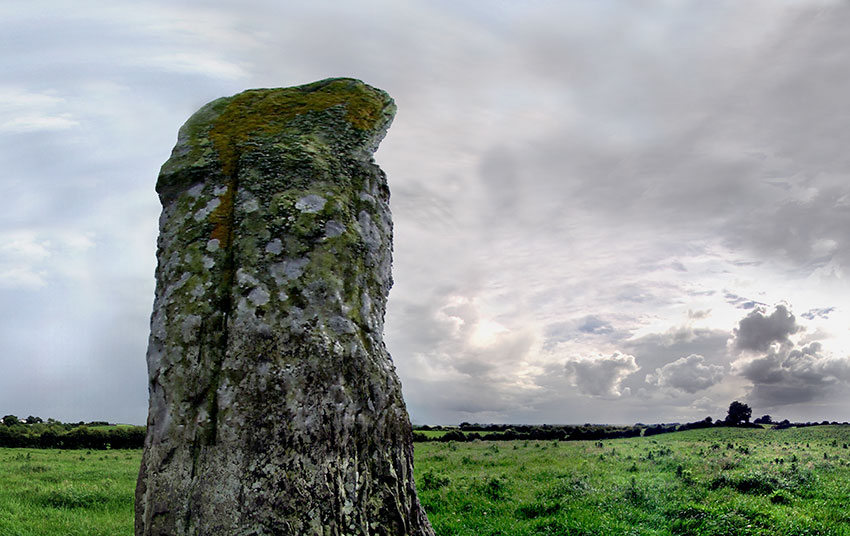16 Jun Folklore, Archaeology, and William Butler Yeats
Irish poet William Butler Yeats (13 June 1865 – 28 January 1939) was born into the Anglo-Irish Protestant Ascendancy. But he asserted his steadfast Irish nationalism with his reweaving of traditional Irish folklore into his work. Some of his poems, with their celebration of legendary Ireland, have inspired our own reflections on the mystique of the ancient monuments.
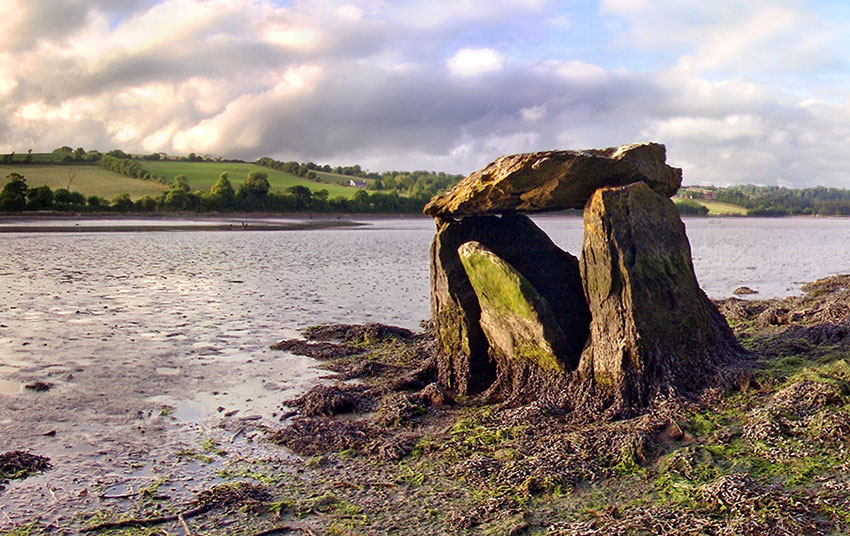
Nearly submerged by the tidal waters of Cork Harbor’s Saleen Creek, the Rostellan Dolmen is the only example of such a Leaba Dhiarmada agus Gráinne (Diarmuid and Gráinne’s Bed) in Ireland to wear a garland of seaweed. The story of Diarmuid and Gráinne inspired Yeats’ poem “A Faery Song.”
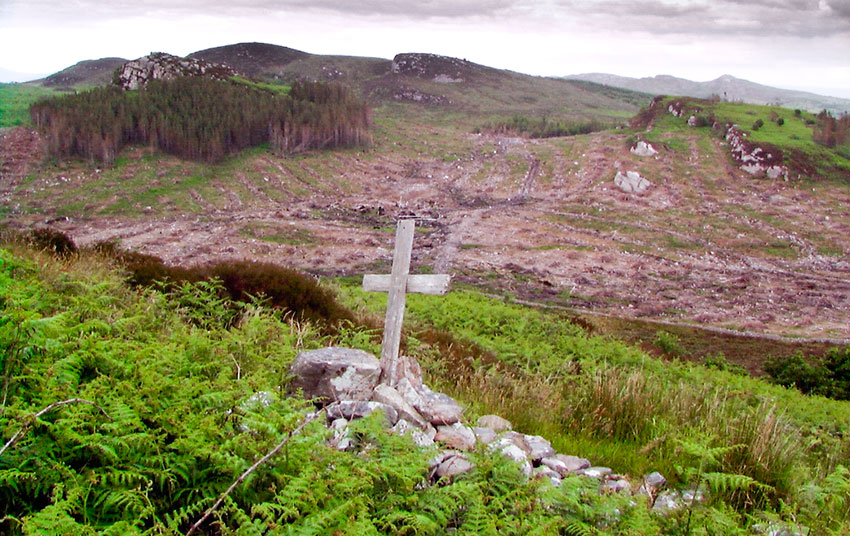
Yeats’ “At the Hawk’s Well” was the first English play to use the dramatic form of Japanese Noh Theatre. In this play the dried-up Tullaghan Well was reputed to periodically hold water that would make immortal whoever might have a taste.
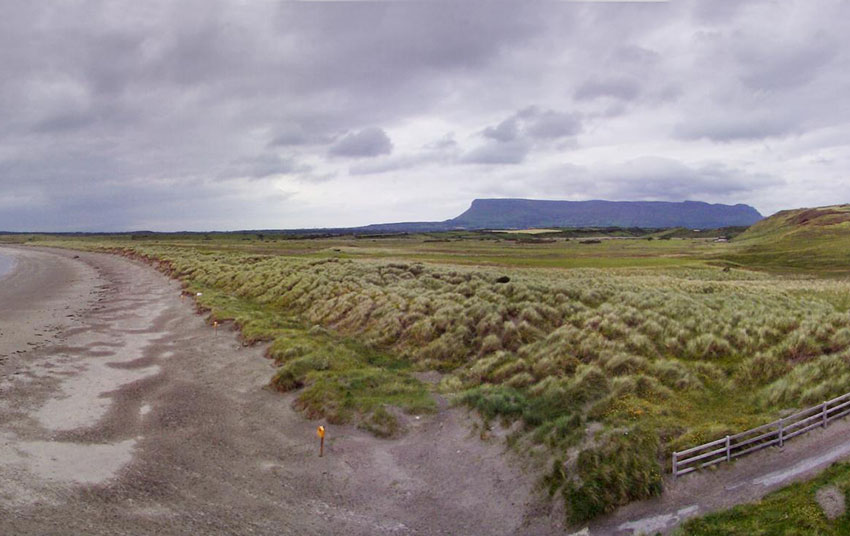
“Drumcliff and Rosses were, are, and ever shall be, please Heaven! places of unearthly resort. I have lived near by them and in them, time after time, and have gathered thus many a crumb of fairy lore.” — W.B. Yeats
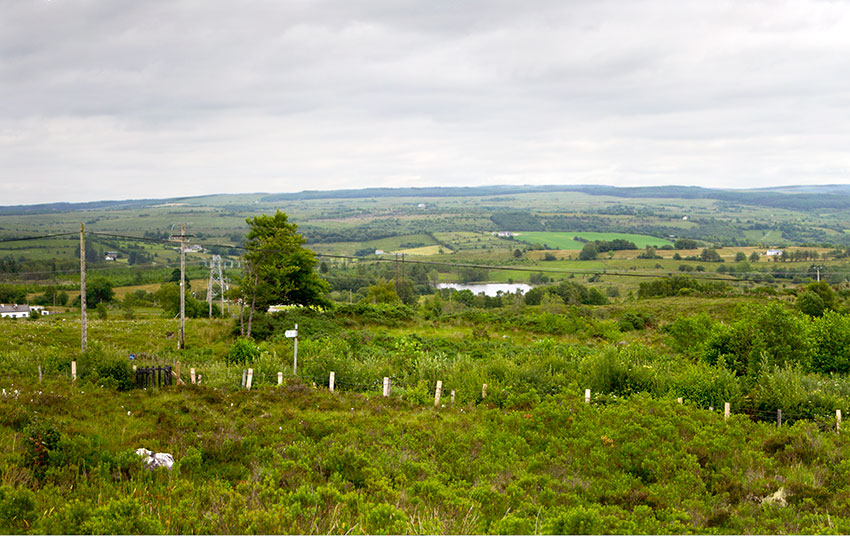
Yeats understood that the legendary Black Pig was in the popular imagination a symbol for the murderous enemies of the Irish people.



